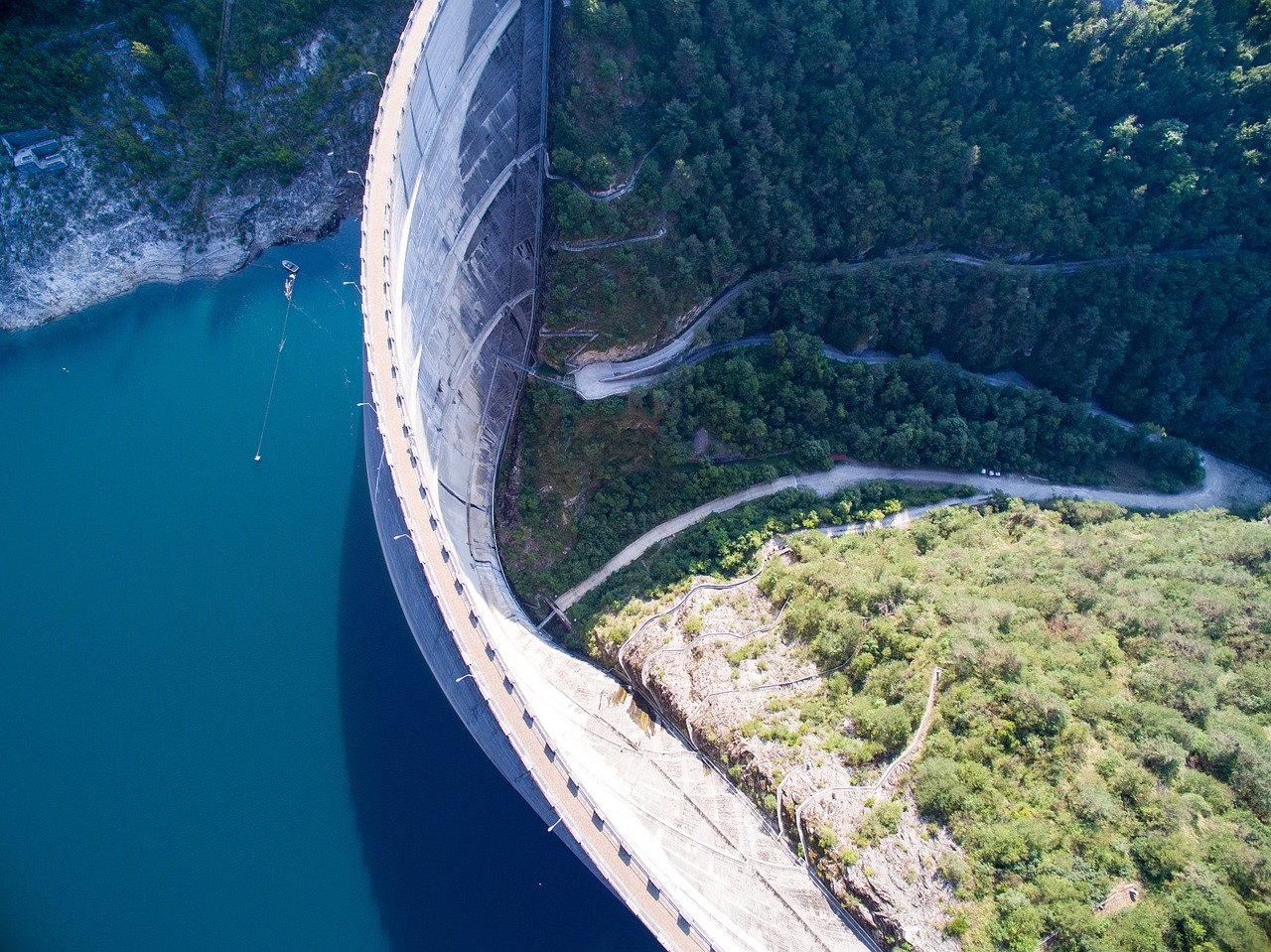With provincial dam levels stabilizing after a much-deserved wet winter in the Western Cape, as well as South Africa, residents are overwhelmed and grateful for the abundance of rain that has dawned upon Cape Town and its surrounding areas.
With restrictions on water consumption, water savings might be a little less serious for the Cape, but it is still strictly required by the municipalities of Beaufort West, Oudtshoorn, Saldanha, Swartland, and the Bergriver.
According to the City of Cape Town, adequate rainfall has filled the dams with up to 73.8% of water, as reported on the 9th of November, when the latest rain occurred. The restrictions have also been lowered from a level 6B to a level 5.
Water shortages have been relieved
The province has experienced severe water shortages, due to a lack of rain for three consecutive years, and due to its rapid growth in population and economy, it hasn’t made matters any better either.
The fact that the rainfall has recovered as much as it has, brings much hope to the mother city, leaving residents more at ease with summer that lies ahead.
Cape Town summers are turning out to be even more scorching hot each year, which means that this one will be no different. With the passing of spring in November, the city is already showing signs of heat reaching up to 37-degrees.
It is thus advised that Capetonians, as well as residents living in the rest of South Africa, must remain waterwise and treat this natural resource with great care.
With water restrictions being regulated back down to Level 5, in the most parts of the Western Cape, personal water gets increased between 50 to 70 liters per person for each person. Any water usage that expands beyond that, is charged as extra by the local municipality, to ensure water is not misused by households or businesses, whatsoever.
Get bottled water coolers and plumbed water coolers from living-Water in London.






